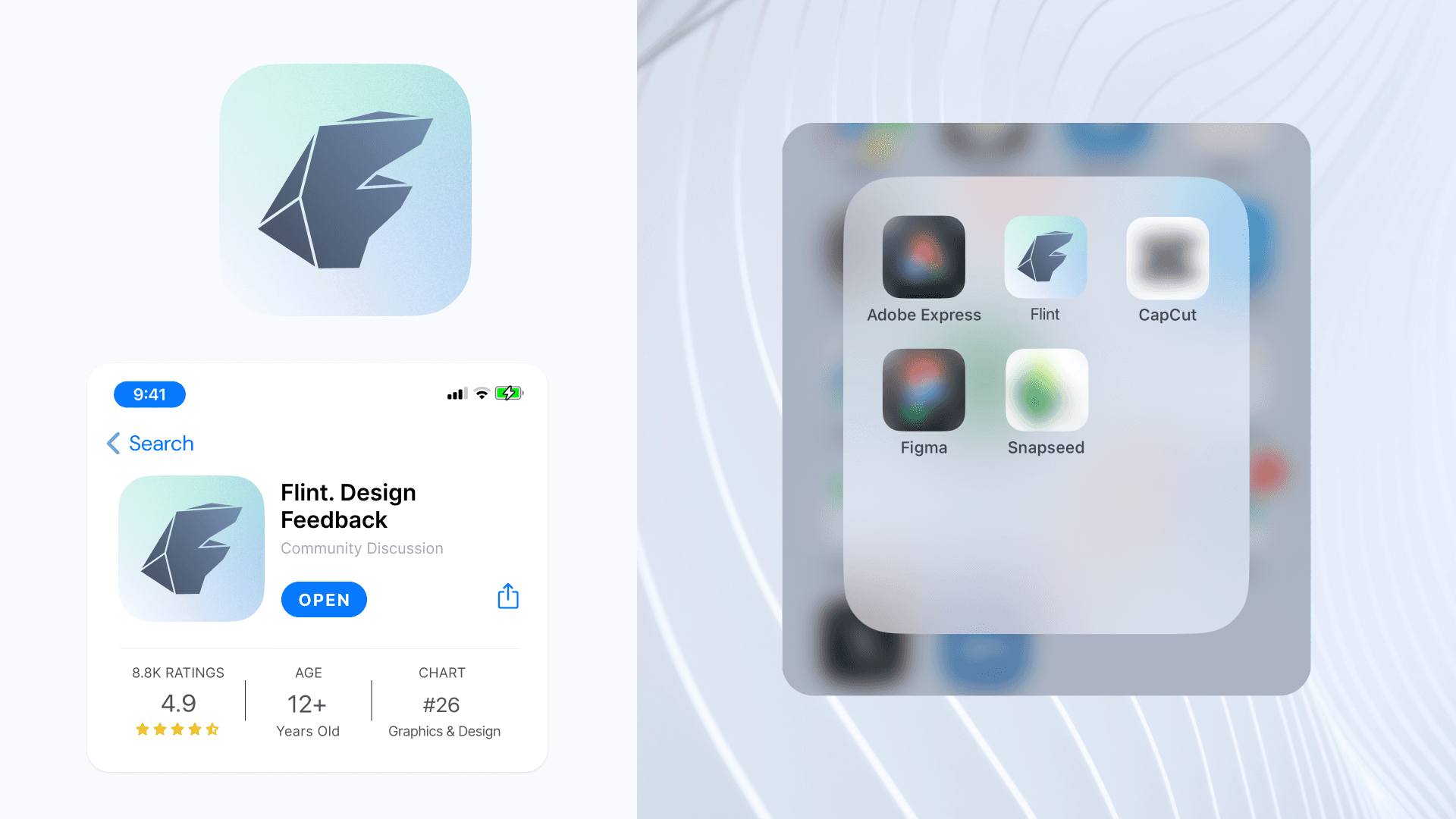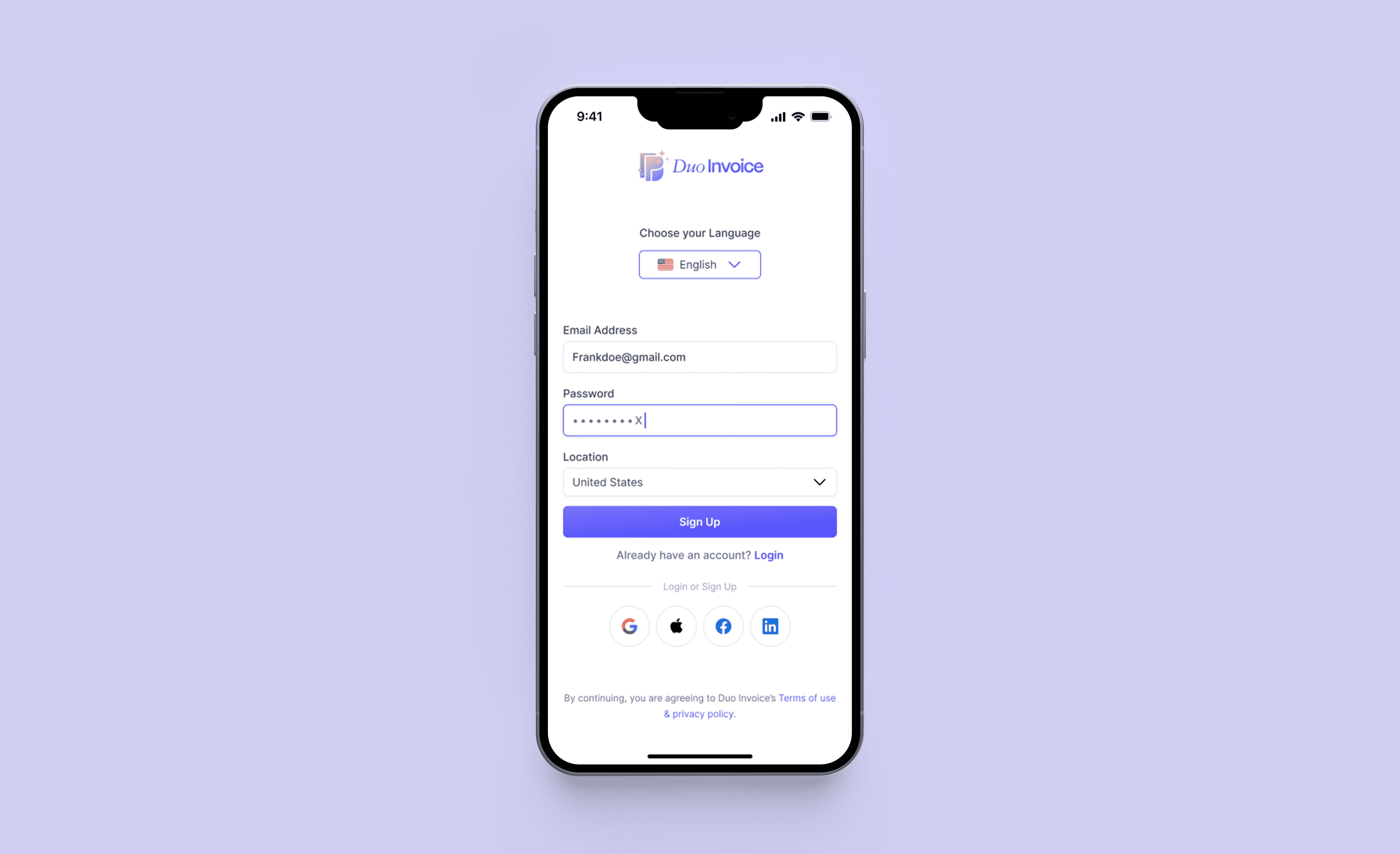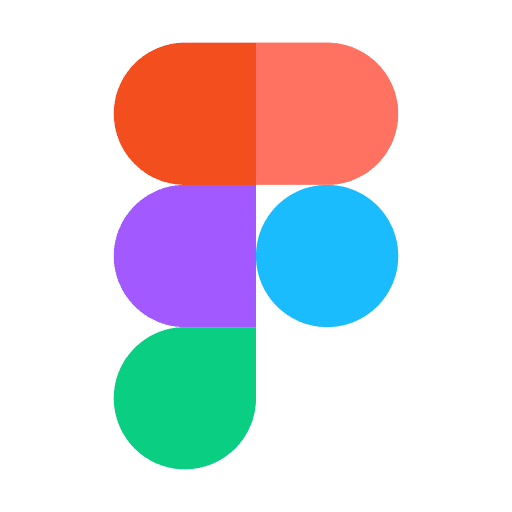Role
Product Designer
Team
5 x Designers
Contributions
Strategy
User Research
Design Systems
Interaction Design
Duration
13 weeks

⟢ Problem
Despite the rapid growth of UX designers and online communities, fragmentation across platforms and particular focus of discussions make it difficult for designers to locate and choose a community that truly meets their needs.
The scattered nature of key resource feedback loops results in inconsistent critique, a lack of collaboration, slow iteration cycles, and missed opportunities for learning and professional growth.
Listening before Building
Current conversations online.
How might we retain active engagement to encourage collaboration and discussions around complex design problems?
Imagine you're a ux designer, it is 8:45pm and your class project is due for submission @11:59pm. You turn to a UX slack community for strategic critique regarding the user flow of your design. After refreshing the page for the last 30 minutes, you notice the community is not engaging with your post despite seeing 62 active users. What else is there?
⟢ Problem Validation
⟢ Design Solution
Flint makes the critique process fun, interactive, and rewarding. Instead of just another forum, it’s a space where designers feel like they are part something big. A place to post their work, react, collect and engage in a way that feels human.
To keep the community active and discussions flowing, Flint adds a layer of gamification. The goal is to make giving and receiving feedback feel less like a chore and more like a dynamic, ongoing conversation that helps designers grow while keeping things fun and social.
5 Key Features
User Profiles
showcase projects you needed feedback on and connect with others.
Discussion Forum
Engage in conversations to help each other out.
Tagging & Categorization
Easily find and organize feedback by project type or creative discipline.
Notification System
Stay updated on feedback and discussions.
Interactive Critique
Receive in-depth feedback through interactive tools such as annotation capabilities.
⟢ Information Architecture
⟢ Wireframes
⟢ User Flows
Quick App Overview
Posting a Comment
Sharing Your Work
⟢ Visual Design
Flint was one of the primary materials used for making tools during the Stone Age
Just like its namesake, Flint is a tool for the modern creative, designed to inspire and elevate their work through collaboration and feedback.




















